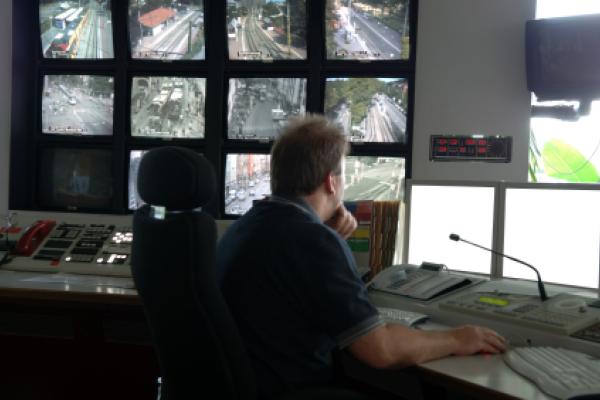The Schengen Information System (SIS) is the most widely used and largest information sharing system for security and border management in Europe. As there are no internal borders between Schengen countries in Europe, SIS compensates for border controls and is the most successful cooperation tool for border, immigration, police, customs and judicial authorities in the EU and the Schengen associated countries.
Competent national authorities, such as the police and border guards, are able to enter and consult alerts on people and objects in one common database. These people and objects can be located anywhere within the EU and the Schengen area during border, police or other lawful checks.
Since 1995, the system has helped Europe preserve its security in the absence of internal border checks.
In 2013, the second generation of SIS (SIS II) was rolled out, with additional functionalities, such as the possibility of adding fingerprints and photographs to alerts.
In March 2023, SIS was renewed with new alerts, upgraded data and enhanced functionalities.

Learn how EU countries exchange information on people and objects through SIS and how the system has evolved through the years.

SIS only contains alerts on people or objects in pre-determined alert categories.

Stories of successful cooperation between national authorities due to sharing information through SIS.

SIS has strict requirements on data quality and data protection. Only authorised users within competent authorities, such as national border control, police, or customs, have access to SIS.

SIRENE Bureaux are the hubs that coordinate the exchange of information on SIS alerts in their country or organisation. Each country that uses SIS has set up a national SIRENE Bureau.

Find answers to the most common questions about SIS
